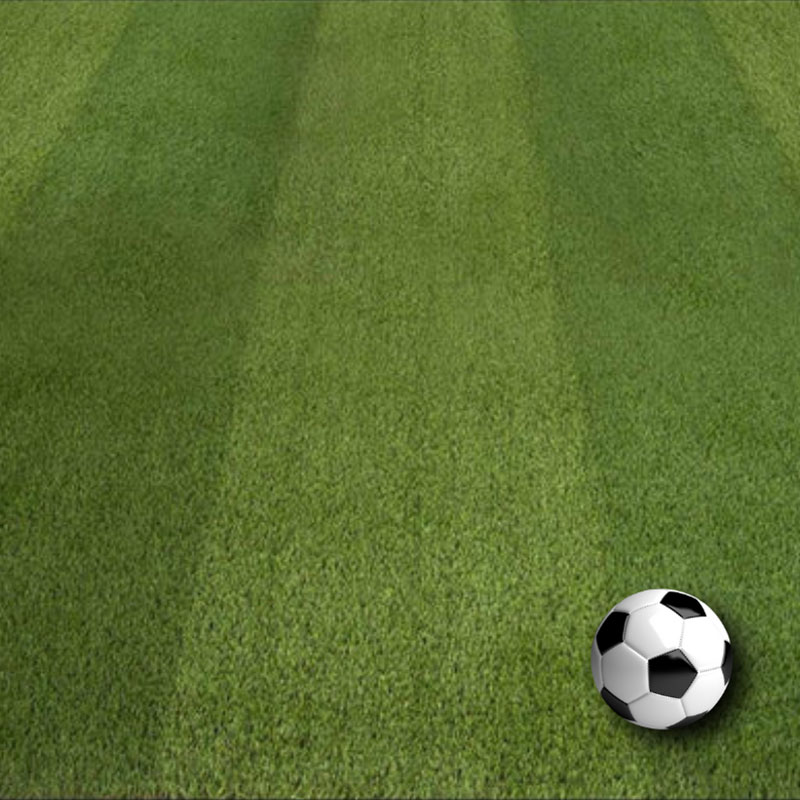
Introduction
The allure of a lush, green lawn is a universal desire. However, with growing concerns about environmental impact and the demands of maintenance, homeowners and property managers are seeking alternatives to traditional natural grass. One such option is artificial grass, which has gained popularity for its low-maintenance and visually appealing attributes. In this article, we will delve into the nuances of "Artificial Grass Installation" and compare it with the traditional approach of installing and maintaining natural grass lawns.
Artificial Grass Installation: A Step-by-Step Guide
The process of installing artificial grass is a carefully orchestrated series of steps that result in a pristine and functional lawn. It all starts with preparing the designated area. This involves clearing any debris, rocks, or vegetation to create a clean canvas. The ground is then leveled, ensuring a smooth and even surface for the artificial turf. Adequate drainage is crucial, requiring considerations such as slope and the addition of a drainage system if needed.
Next comes the installation of the base material, usually a combination of crushed stone and sand. This base provides stability and ensures proper drainage. Once the base is in place, the artificial turf is meticulously unrolled and positioned. Securing the edges is vital to prevent any movement, and infill materials like sand or rubber are added to enhance the realism, stability, and cushioning of the turf. The result is a stunning and lifelike lawn that requires significantly less upkeep than natural grass.
Natural Grass Installation: Traditional Approach
The conventional method of establishing a natural grass lawn involves a series of labor-intensive steps. The process begins with soil preparation, which includes testing the soil's pH and nutrient content. This information informs any necessary amendments to ensure optimal grass growth. Choosing between seeding and sodding follows, with both methods requiring proper watering and careful nurturing to encourage healthy germination and growth. Depending on the climate and grass type, achieving a mature and lush natural lawn can take several months of diligent care.
Maintenance Comparison: Artificial Grass vs. Natural Grass
When it comes to maintenance, the differences between artificial and natural grass become evident. Artificial grass requires minimal ongoing care. The need for regular watering is eliminated, contributing to water conservation efforts. Additionally, the chore of mowing and trimming becomes obsolete, saving time and effort. Fertilization and pesticide usage are significantly reduced, as artificial grass does not provide a conducive environment for weeds and pests. Seasonal changes have minimal impact on artificial grass, ensuring a consistently vibrant appearance year-round.
In contrast, natural grass demands regular maintenance to preserve its appearance and health. Watering, mowing, trimming, fertilizing, and weed control are routine tasks that require time, resources, and sometimes specialized equipment. Seasonal variations can also affect natural grass, with potential challenges during extreme weather conditions.
Durability and Longevity
The longevity of both artificial and natural grass varies based on several factors. Artificial grass, when installed correctly and properly maintained, can last up to two decades. Its resilience to foot traffic, pet activity, and various weather conditions makes it an attractive long-term investment. On the other hand, natural grass, while charming, is more susceptible to wear and tear. Heavy foot traffic, adverse weather, and disease can impact its longevity. Regular maintenance and care are essential to extend its lifespan.
Environmental Impact and Sustainability
In an era where sustainability is paramount, considering the environmental impact of landscaping choices is crucial. Artificial grass excels in this regard. Its low water requirements significantly reduce water consumption compared to natural grass. The absence of chemical fertilizers and pesticides further minimizes its ecological footprint. However, it's important to note that the production and eventual disposal of artificial grass materials have their own environmental considerations.
Natural grass, while providing natural habitats and contributing to air quality, demands substantial water usage for irrigation and maintenance. Chemical fertilizers and pesticides used on natural lawns can contribute to water pollution and harm ecosystems.
Aesthetics and Realism
The visual appeal of a lush, green lawn cannot be underestimated. Modern advancements in artificial grass technology have resulted in products that closely resemble natural grass in color, texture, and softness. Artificial grass maintains its aesthetic appeal regardless of weather conditions, ensuring a consistently attractive landscape. Natural grass, while initially lush, can be affected by factors such as foot traffic, weather, and disease. Regular maintenance is necessary to sustain its visual charm.
Cost Comparison
The cost comparison between artificial and natural grass involves both upfront expenses and long-term considerations. Artificial grass installation comes with higher initial costs due to materials, labor, and equipment. However, over time, the reduced need for water, fertilizers, pesticides, and maintenance equipment gradually offsets these costs. Natural grass installation appears more budget-friendly initially, but ongoing expenses for water, equipment, and products can accumulate significantly.
Choosing the Right Option
The decision between artificial and natural grass depends on various factors, including practicality, aesthetics, budget, and environmental concerns. If ease of installation, minimal upkeep, and water conservation are priorities, artificial grass offers a compelling solution. It's particularly suitable for residential lawns, commercial spaces, and sports fields. Natural grass, while demanding more maintenance, appeals to those who appreciate the traditional charm, ecological benefits, and the process of nurturing a living lawn.
Conclusion
The debate between artificial and natural grass installation is multifaceted, encompassing considerations of maintenance, longevity, environmental impact, aesthetics, and cost. While artificial grass boasts low maintenance and water conservation advantages, natural grass has a timeless appeal and ecological benefits. Ultimately, the choice depends on individual preferences, lifestyles, and values. By understanding the nuances of each option, property owners can make an informed decision that aligns with their goals and contributes to sustainable landscaping practices. Whether it's the convenience of "Artificial Grass Installation" or the natural beauty of traditional grass, both choices have their merits and are a testament to the evolving landscape of modern landscaping.
